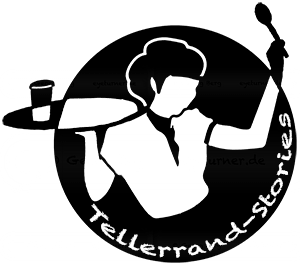In 2025, the Gerschnialp above Engelberg was once again transformed into a stage for art. A land art trail was created in the mystical Hungerboden forest, combining art and nature every two years. Some works, such as Marion Strunk’s ball of bright red wool on a tree stump, appear to be raised on a pedestal. Others, such as Yvonne Christen Vágner’s installation Spillikins, blend so unobtrusively into their surroundings that you have to look closely to recognise the moss-covered collection of branches as a human work. The 2025 exhibition, entitled Outlook – Insight, presented works by eleven artists from Switzerland, Germany and Italy.
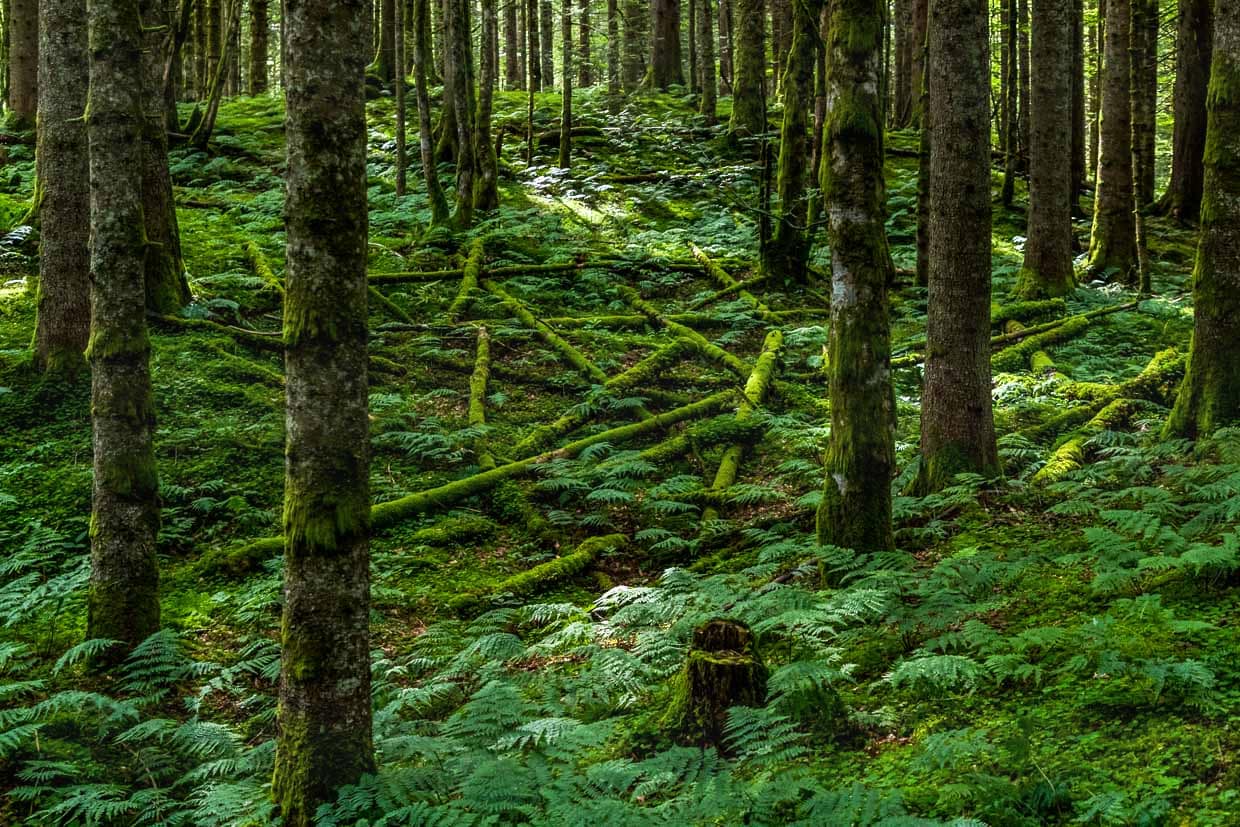
A natural stage for art
Every two years, works of art merge with trees, leaves or branches up here. Visitors can then experience this interplay on a 3.5-kilometre circular trail. The path has also been barrier-free since 2025. If you stroll at a leisurely museum pace, you will need around 90 minutes and will be rewarded with a view of the surrounding mountains at the end. A flyer with a map of the trail and information about the artists provides additional insights. Guided tours also take place between June and October and can be booked for CHF 10 per person.
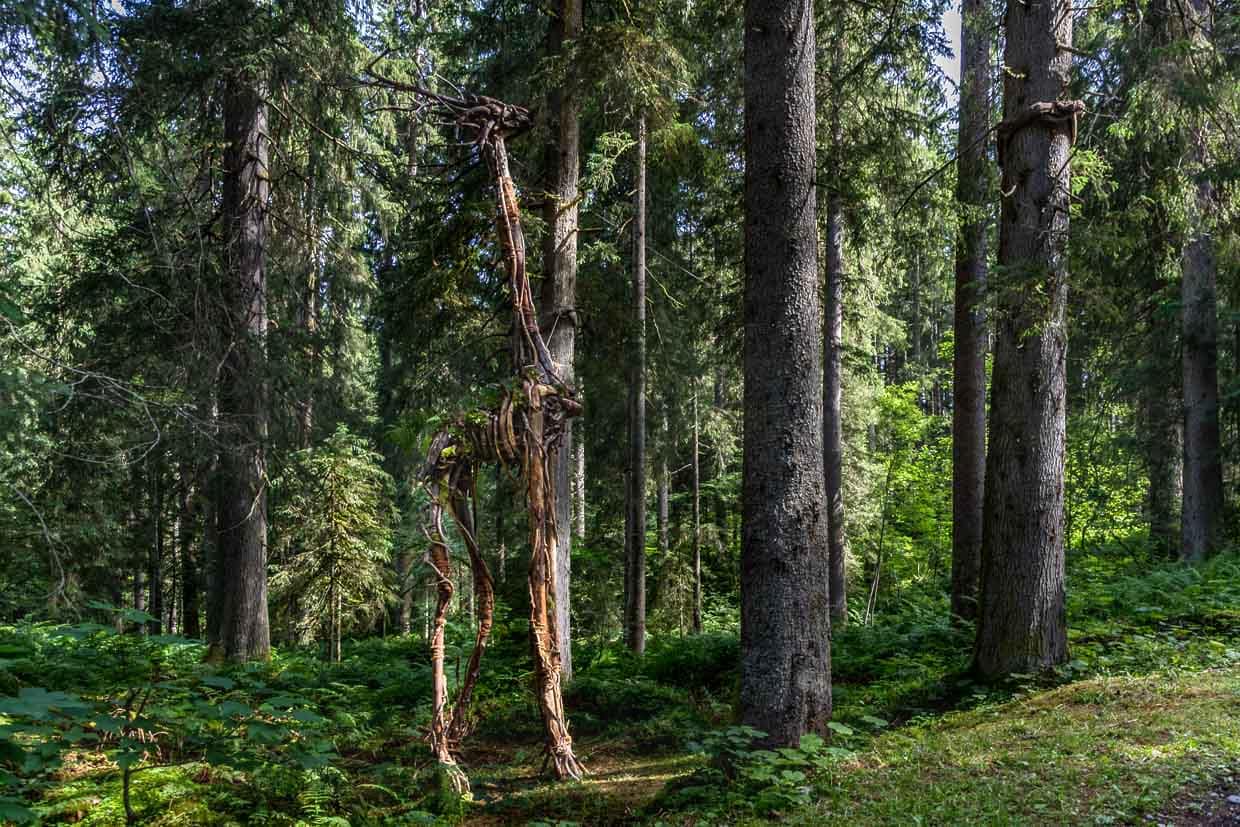
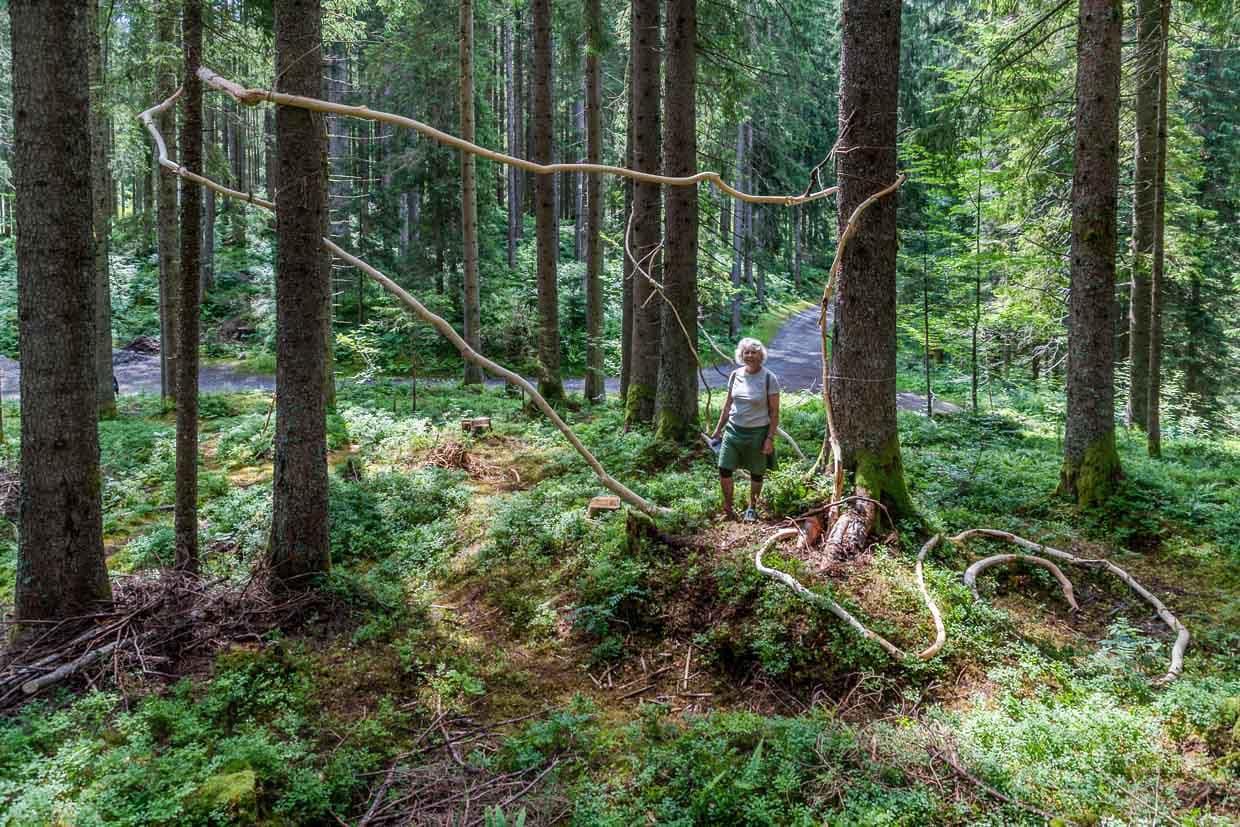
“Land art is created in nature, from its materials, and respects the natural cycle,” explains curator Claudia Häusler. “Our living space influences our well-being. It therefore makes sense that we want to look ahead. The theme of Outlook – Insight promotes this process.” The eleven artists realised the motto in a variety of ways.
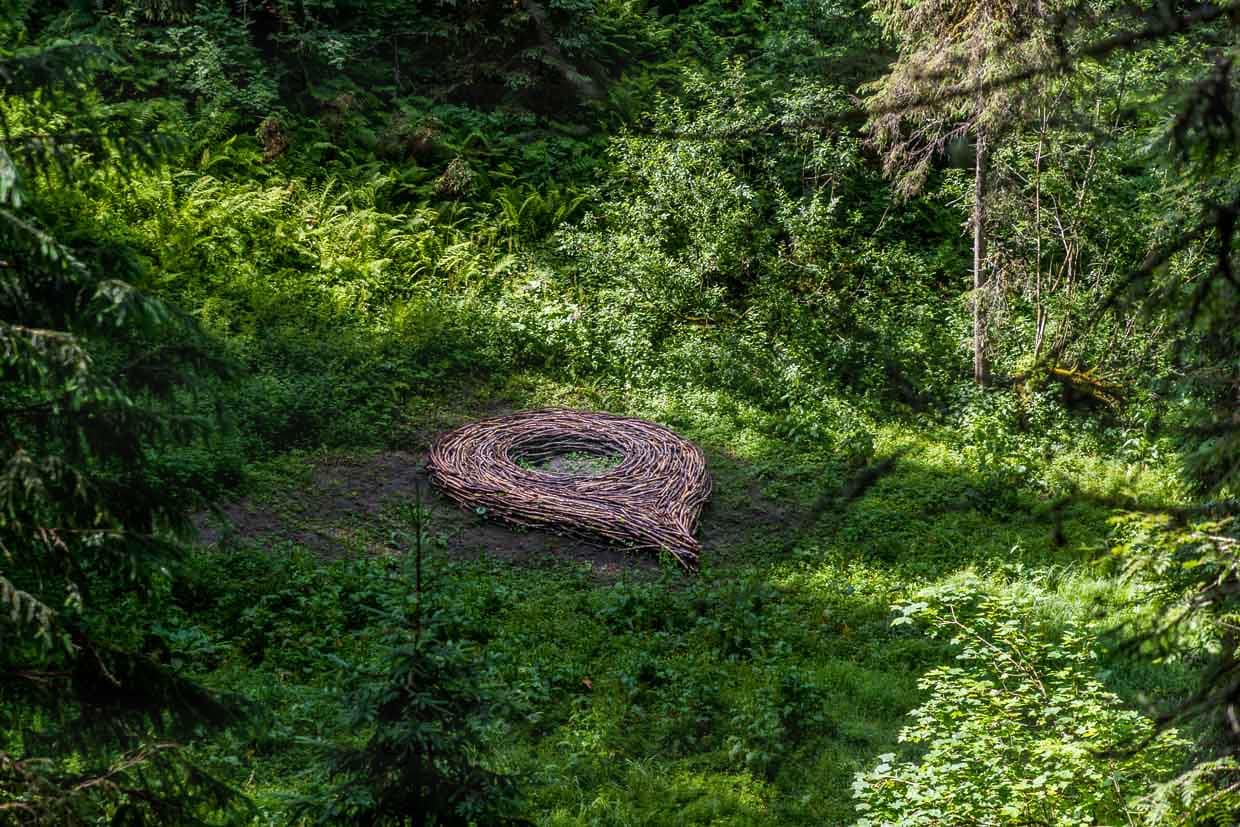
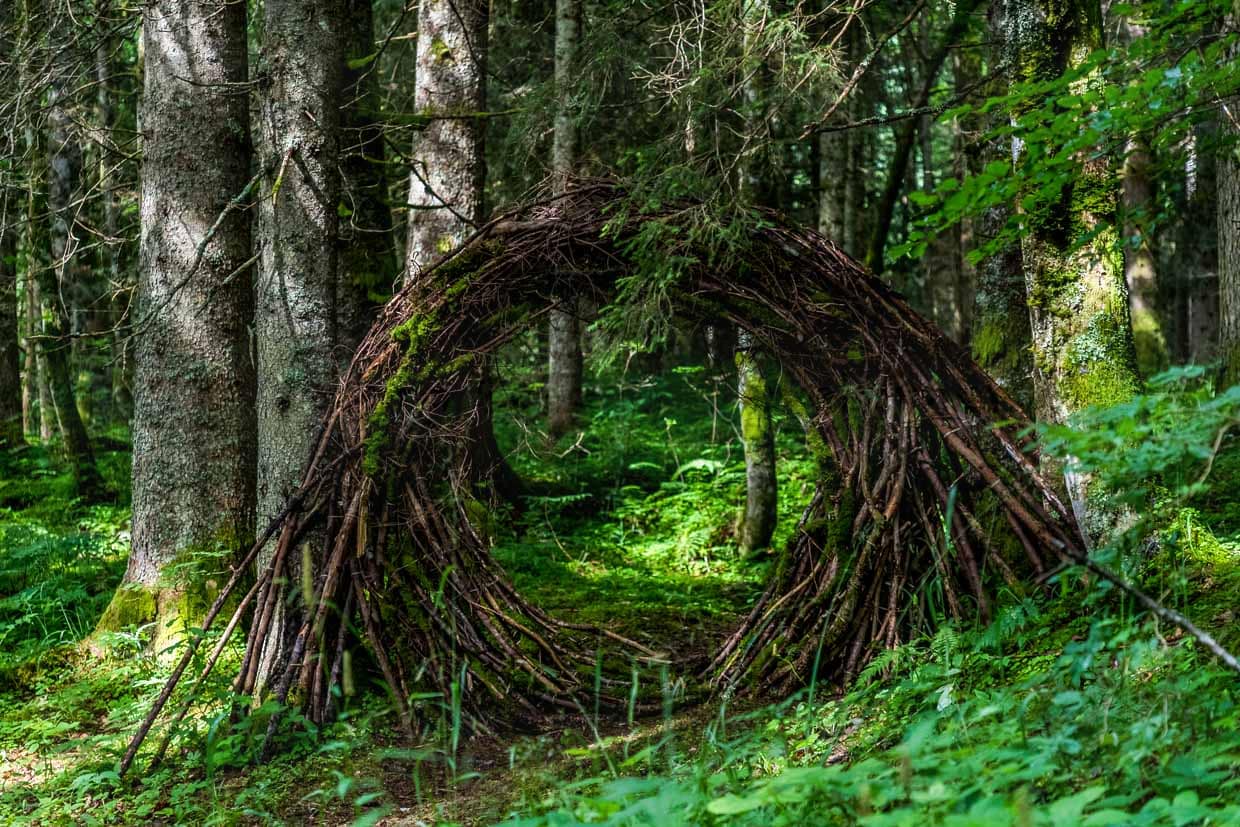
All participants have artistic training – a quality requirement that Häusler emphasises. The artists choose from more locations in the forest than will later be used to create works. “Not every idea fits every location,” explains Häusler. “Some places only inspire a particular work during the preliminary viewing.”
Transience included
Häusler admits that land art is also an intervention in nature, albeit a cautious one. “After the exhibition, the works are completely withdrawn so that nature can continue its cycle undisturbed.” This art form is created in nature, changes with the weather and thus emphasises its transience. Even when the exhibition is over, the realisation remains: this carefully interwoven art sharpens the eye for the beauty, vulnerability, power and intensity of nature.
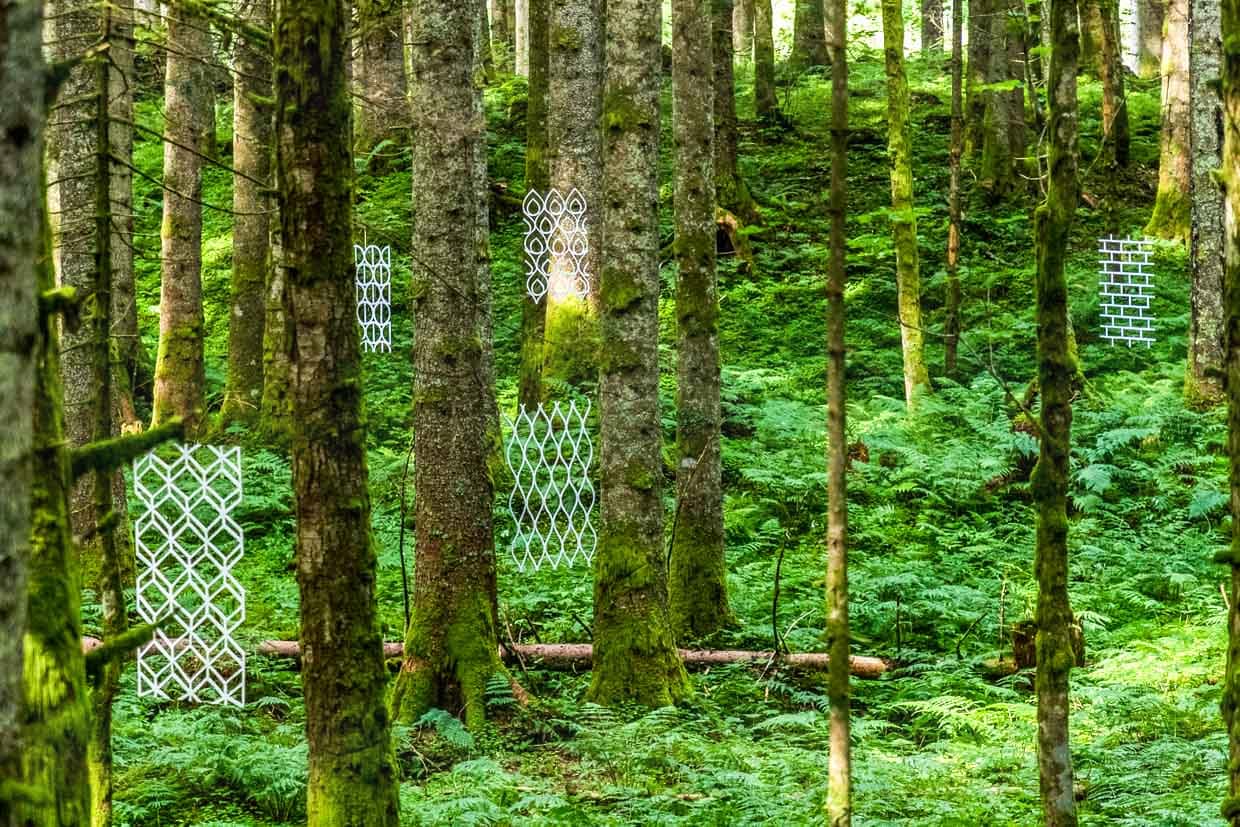
Between June and October 2027, the Hungerbodenwald forest near Engelberg will once again be adorned with natural artworks. Up-to-date information on the Gerschnialp land art trail can be found here.
The research trip was supported by Engelberg-Titlis Tourism
